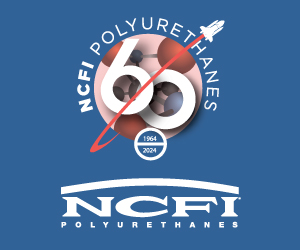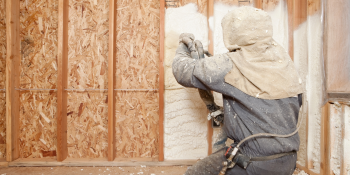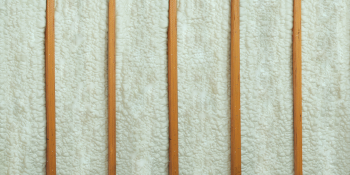Q&A Forums
2012 Energy Code Post New Topic | Post Reply
| Author | Comments |
|---|---|
|
Jesse Michalski
Posted: Nov 09, 2013 01:01 AM
|
2012 Energy Code
When are we going to see Rvalue tables in the code book that reflect real world performance of the varying insulation products?
|
|
mason
Posted: Nov 29, 2013 09:22 AM
|
It is a subject near and dear to me. I fought the code wars for about 15 years with the trade association trying to get code changes that would more accurately reflect "real world" conditions. We had some successes, such as changing the vapor retarder sections, allowing unvented attics, and introducing air barrier requirements. But, less successful with the reliance on higher and higher R values as the main factor in energy efficiency. But, one good thing, if you use the U factors rather than R values, foam sprayed in a continuous manner can allow you to use less spray foam. I would like to see an effort by the insulation industry to adopt testing of assemblies that can quantify the relative performance of an assembly taking into consideration, air infiltration, extreme temperatures (high and low), thermal bridging, humidity, convective currents, etc. With the American Plastics Council and later with SPFA, we developed a test procedure that can accomplish this. It is a modified ASTM E 1363, Guarded Hot Box. Testing was performed at Architectural Testing Inc. in 2001, 2003 and 2007. Results are available from SPFA or if you want I can provide already published data from the tests. To date the building codes and ICC-ES haven't recognized this testing formally, but some contractors have been successful using the data to convince their local code official to allow the use of less foam in some assemblies |
|
Jesse Michalski
Posted: Nov 30, 2013 01:20 AM
|
Mason. For our educational benefit, please elaborate on some of these follow up questions. *what is a U Factor and how can we utilize the knowledge of it with clients *why is it taking so long for this universal testing to take root? *what is the source of resistence as you see it, that is keeping these important changes from happening? Money? Greed? It seems inconceivable to me that, after all of the hard work that the likes of you and others have done over the years, things are still so far away. It is quite discouraging. With all of the knowledge, money, and skill available, why has a leader or group not stepped up to the plate with some influence and made these things happen. I can't help but wonder if it is based on a dark love of money in big business. I am not into conspiracies, but It's difficult to see it any other way. Everything you have said seems so logical that a small child should be able to make the changes. |
|
mason
Posted: Dec 04, 2013 02:28 PM
|
U values take into consideration the whole assembly including framing members, air space, etc. We have found that SPF performs better when measured in a whole wall assembly than in a small R value test. As for why it is taking so long to adopt test procedures that can more accurately reflect real world conditions, it is fairly complicated. Some believe the testing is too complicated and expensive, others are protecting their products, others see no reason to change, the higher the R values, the more insulation we can sell. |
|
Jesse Michalski
Posted: Dec 04, 2013 09:32 PM
|
I'm surprised more people haven't commented on this topic. Thanks for the response, Mason. So, what is the relevance of the U value as it relates to us right now? Is it a known and accepted test method by anyone outside the foam industry? |
|
mason
Posted: Dec 05, 2013 09:58 AM
|
There are tables in the IRC and IBC codes that list the minimum requirements by R value and by U Value. So you can do the calculations for the U value and use it instead of the R value. For example, if you spray foam on the floor of the attic and cover the floor joists then the foam is continuous and you can use less foam. than the R value requirements. |





























